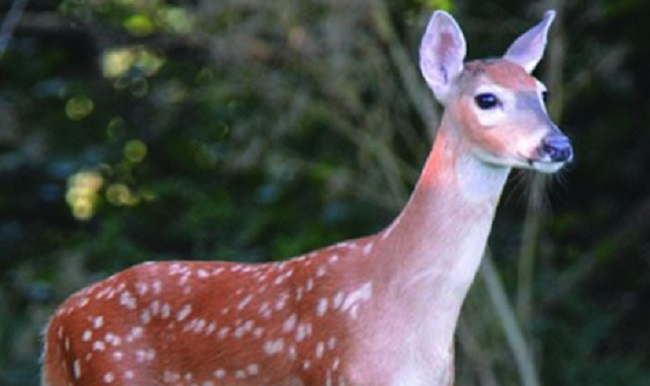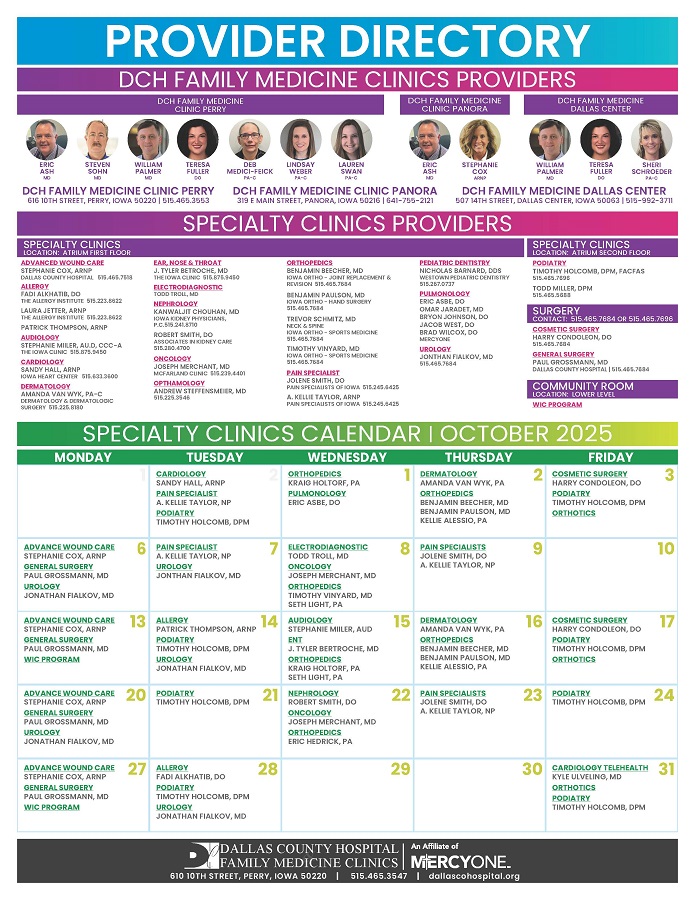DES MOINES, Iowa — Fawning season has officially arrived, according to the Iowa Department of Natural Resources, so Iowans will see lots of deer on the move from now until late June.
During the fawning period, DNR field staff across the state receive many phone calls and emails regarding “abandoned deer,” but in reality most of the wildlife reported are not really abandoned at all. And while the people who attempt to “rescue” these babies have the best of intentions, they are doing more harm than good.
Fawning season traditionally begins during the last week of May and peaks in the first couple of weeks in June before gradually tapering off, according to Jim Coffey, forest wildlife research biologist with the Iowa DNR, who said does are secretive about the birthing process and will venture out from normal-use areas, looking for a secluded spot to deliver this year’s crop of fawns in peace.
“These spots can be anything from an open hayfield to a field terrace to the flowerbed in your backyard,” Coffey said. “This seclusion process is a driving force in protection for the lanky, wavering fawn. Fawns will be left alone while the doe returns only to nurse. This is normal deer behavior.”
Coffey said the doe searches out an isolated location where she feels safe, and sometimes those places might leave us scratching our heads and wondering what the doe was thinking. But she chose that location because it made sense to her.
“The worst thing someone can do at this stage is to ‘rescue’ the fawn,” he said. “The mother is likely nearby and watching you. Leave it be, or if you did handle the fawn, return it to where you found it and walk away.”
The Iowa DNR will not be rehabilitating or comingling fawns with other deer to avoid the potential of spreading chronic wasting disease — or other diseases — to new areas. This further emphasizes the point of leaving “abandoned” fawns alone and undisturbed.
The spindly-legged newborn fawn is designed with a few survival tools built in — its spots are cryptic camouflage that emulates the sunlight spots projected onto leaf litter of the forest floor, and its lack of movement during the first two weeks helps to reduce scent patterns. This combination is the fawn’s best chance at survival until it is capable of following the doe.
Fawning season also coincides with an increase in deer-vehicle collisions.
“There is a lot of movement this time of year that relates to the social structure of deer,” Coffey said. “The doe is on the move, looking for the safe, isolated place to have the fawns. Additional movement comes from last year’s fawns that are now isolated teenagers, starting to venture out to find new space. These yearlings have to make their own decisions for the first time, encounter other adult deer and build new social structures.”
He said this movement behavior can occur during all times of the day. Once it settles out, the active movement times will return to dawn and dusk.
“The key to remember is that for the next month, deer might not be acting like we think deer should act, so stay alert while driving at any time of the day.”
Drivers are reminded to drive defensively, avoid distractions, slow down and provide safe distance between vehicles.
Don’t veer for deer! If a driver does hit a deer, drivers can get a salvage tag for the meat by calling either the local conservation officer or local law enforcement agency. The salvage tag is free and is required to legally possess the meat. Salvaging requires that the entire deer be removed from the roadway.

















